Growth Mindset and Its Importance
The cultivation of a growth mindset serves as the linchpin for sustained achievement in complex domains Rather than viewing talent and intelligence as static entities individuals with a growth orientation perceive abilities as malleable Endowed with this belief they embrace challenges persist through setbacks and extract insight from feedback This cognitive stance not only primes neural plasticity but galvanizes motivation and resilience Expert practitioners recognize that without a deliberate framework growth mindset remains aspirational rather than operational.
Synaptic Plasticity and Resilience
Neuroplasticity denotes the brain’s capacity to reconfigure synaptic networks in response to experience When one actively seeks novel problems and learns from error the hippocampal circuits and prefrontal modules undergo structural strengthening This process hinges on long term potentiation which amplifies synaptic efficacy through repeated activation Growth mindset behaviors thus catalyze durable neural adaptations that underpin cognitive agility.
Neurochemical Catalysts
Underlying motivated learning lies an interplay of neurotransmitters Dopamine surges in response to proximate rewards fueling approach behavior Norepinephrine sharpens alertness enhancing pattern detection Acetylcholine sustains focused attention and Brain Derived Neurotrophic Factor promotes neuronal growth To optimize these neurochemical conditions individuals can harness movement nutrition and sleep hygiene For example interval movement breaks trigger endorphin release while tryptophan rich alimentation supports serotonin synthesis.
Embracing Challenges as Allies
Recasting obstacles into pedagogical inquests begins with calibrated adversity titration rather than reckless immersion into chaos. Select tasks that sit just beyond your comfort threshold by constructing a challenge matrix with axes for novelty and complexity. Populate one axis with familiar domains and the other with emergent skills you wish to master. Begin at the quadrant where moderate novelty meets manageable complexity. This ensures optimal arousal without overwhelming your executive function.
Embed a “cognitive checkpoint” midway through each challenge episode. Pause to inventory your emotional valence, physiological indicators such as muscular tension or breath cadence, and the strategies you have deployed thus far. Annotate these observations in a dedicated challenge log. Over successive iterations you will discern patterns of plateau and breakthrough.
When failure manifests, dissect it as a case study. Determine whether the setback stemmed from flawed assumptions, inadequate heuristics, or executional lapses. Articulate at least three alternative approaches you might trial next time. This deliberate reframing transubstantiates defeat into diagnostic intelligence.
Tip – enlist a “shadow coach” partner who witnesses your challenge sequence and provides real-time prompts when you wobble toward avoidance or task abandonment. Their interjections act as external scaffolds reinforcing persistence.
Expert trick – after each challenge, perform a brief “adversity debrief” where you celebrate the smallest strategic insight you gained. This ritual cements a positive-constructive association with difficulty itself, nurturing enduring grit and intellectual valor.
Iterative Feedback Loops
Forge a rapid feedback cadence by integrating micro‐surveys and peer review huddles into your workflow. At predetermined junctures—such as the halfway mark of a project module—dispatch a succinct questionnaire to trusted colleagues soliciting both “feedforward” suggestions and pinpointed critiques. Frame questions around outcome efficacy dimensions like clarity, novelty, and alignment with goals.
Incorporate dual‐track reflection sessions. First track deals with “what went well” and “what surprised me”; second track analyzes “where I miscalculated” and “what I will adjust next.” Document these dual streams in a dynamic feedback journal. Over time you will develop a personalized repository of optimized heuristics.
Tip – employ digital tools that timestamp feedback against your work artifacts. Associating specific comments with exact draft versions accelerates your capacity to triangulate which revisions produced superior outcomes.
Another advance tactic involves “error budget mapping.” Allocate a finite tolerance for mistakes in early iterations—perhaps three small missteps—after which you pause to synthesize learnings before proceeding. This prevents error proliferation and channels focus toward targeted improvement.
Expert trick – rotate your role between feedback seeker and feedback provider within a small cohort. Adopting the provider stance sharpens your ability to diagnose strengths and gaps in others, which in turn refines your own self‐evaluation acumen.
Metacognitive Monitoring
Cultivate an inner sentinel by establishing a structured metaquestion framework that prompts you at regular intervals to interrogate your cognitive processes. Schedule brief “meta breaks” every ninety minutes during deep work blocks. During each break pose three core inquiries in writing: How am I framing this problem What mental models am I applying and Where might my biases be distorting perception
Augment this with a real‐time thought record. Use a simple two-column template where one column captures the spontaneous thought or assumption and the adjacent column reformulates it through a growth lens. For example transform a self‐judgment such as I can’t solve this into I am gathering data to refine my approach. This practice externalizes automatic cognition making it amenable to deliberate revision.
Tip – employ ambient reminders such as a small object on your desk or a discrete timer chime to trigger meta breaks. These sensory cues cultivate sustained meta awareness without reliance on arduous self‐discipline.
Elevate monitoring by integrating physiological biofeedback signals. When your wearable alerts you to elevated heart rate variability or increased skin conductance, treat this as an invitation to scan your thought record and apply corrective reappraisal.
Expert trick – conduct periodic “meta calibration” retreats where you immerse yourself in a new domain entirely—such as learning a musical instrument or practicing a novel craft. The unfamiliar context amplifies meta awareness because you must continuously monitor and adjust your strategies in real time, thereby sharpening your metacognitive dexterity for all subsequent endeavors.
Behavioral Protocols
Deliberate Practice Paradigm
Deliberate practice thrives on precision rather than mere repetition. Begin by dissecting a complex skill into its elemental gestures or decision points. For instance a pianist might isolate left-hand fingering patterns before integrating them with right-hand melodies. After identifying subcomponents create a practice grid where each cell represents a micro drill (for example 5-finger arpeggio or pivot shift in negotiation).
Allocate undisturbed intervals using time-boxing (for example 30 minutes of pure drill followed by ten minutes of rest). During each interval employ immediate feedback mechanisms such as self-recording video playback or a mentor’s real-time annotations. Critique your execution against explicit criteria (accuracy fluidity expressive nuance). After completing a block pause to journal one insight — perhaps a subtle wrist adjustment or a thought pattern that impeded concentration.
Tip – vary practice conditions by introducing random perturbations (for example alter tempo, change lighting, impose background noise). This variable practice enhances adaptability ensuring you can perform under novel circumstances.
Expert trick – interleave related subskills rather than massing identical drills. For example alternate scales with sight-reading excerpts in a single session. This fosters retrieval strength and prevents cognitive automatism from ossifying.
Micro Habituation and Habit Stacking
Microhabits gain traction through minimal friction. Identify a well-engrained daily routine such as brewing your morning coffee or checking email. Immediately after that action insert a tiny growth behavior (for example one deep diaphragmatic breath paired with a quick note of one lesson learned yesterday).
Frame each microhabituation as an atomic transaction: trigger (existing habit) → action (growth behavior) → reward (a brief self-congratulation phrase). Over days these transactions solidify into automatic sequences requiring negligible willpower.
Tip – maintain a simple habit scorecard with three columns: Date, Trigger, Micro Action. Each tick reinforces neural pathways.
Expert trick – cluster multiple microhabits into a “stack chain.” For instance after coffee perform breath anchoring then two minutes of vocabulary expansion then a rapid gratitude jot. The momentum of one tiny success primes the next, creating a cascade of growth actions within minutes.
Failure Reconstitution Exercises
Reframe past failures as strategic data rather than indictments of ability. Choose a specific setback and reconstruct its chronology by mapping three axes – emotional response, tactical choices, outcome variables. Visually chart these on paper or a digital canvas.
Next draft a narrative that highlights the adaptive strategies unearthed. For example if you faltered in a sales pitch you might emphasize how you honed objection-handling or refined your listening acuity. Embed these reframed insights into a concise story (for example “During the Q3 pitch mishap I discovered a method for reading unspoken client cues which later boosted conversion by 15 percent”).
Tip – share your rewritten narrative with a peer or mentor. Their external validation amplifies the reconstructions’ impact.
Expert trick – archive each reframed story in a “growth anthology” organized by theme (communication, problem solving, resilience). Periodically revisit the anthology before new challenges to remind your subconscious of proven adaptive strategies and to inoculate against shame-based rumination.
Somatic Integration
Embodied Learning through Movement
The body informs cognition through feedback loops Prolonged rigidity undermines creative thought while dynamic movement enhances ideation Practices like mindful walking qigong or slow flow yoga synchronize breath and motion stimulating parasympathetic activation and fostering open mental states Reserve brief movement interludes during intensive study blocks to reset neural patterns.
Interoceptive Awareness and Mindset
Cultivate sensitivity to internal bodily signals such as heart rate or muscle tension These interoceptive cues often precede cognitive shifts When you notice tightness or rapid heartbeat during a problem pause and apply breath centering or micro self compassion This somatic pause interrupts negative spirals and reorients focus.
Environmental Engineering
Biophilic Stimuli
Integrate natural elements into workspaces to amplify cognitive well being Place living plants stones or water features within view Exposure to greenery lowers cortisol and enhances attentional restoration Harness natural light when possible and avoid harsh overhead fluorescents.
Cognitive Affordances in Workspace
Design your environment to cue growth behaviors Keep journals pens or whiteboards prominently accessible to capture ideas or questions immediately Arrange reference materials within arm’s reach and maintain a rotating display of thought provoking quotes or diagrams to inspire exploration.
Narrative and Storytelling
Archetypal Journeys in Personal Growth
Frame your own development as an epic hero journey with distinct stages such as call to challenge trials transformation and return Use this mythic scaffolding to imbue ordinary tasks with deeper significance and sustain motivation during lulls.
Rewriting Self Narrative with Palimpsest Technique
The palimpsest approach involves layering new self stories over old limiting beliefs Erase defeatist scripts by composing fresh affirmations aligned with growth values Then revisit these regularly writing new layers of evidence and insight This dynamic layering reinforces an evolving identity.
Technological Augmentation
Biofeedback and Growth
Wearable devices that monitor heart rate variability galvanic skin response or EEG proxies provide real time data on stress and focus Incorporate brief biofeedback sessions to learn self regulation techniques and validate the efficacy of growth interventions Quantitative evidence strengthens belief in one’s own capacity.
VR Simulations for Challenge Exposure
Virtual reality platforms can safely expose learners to progressively difficult scenarios from public speaking to complex problem solving in immersive environments This safe failure opportunity accelerates skill acquisition and desensitizes performance anxiety.
Social Schema
Conclusion
The deliberate nurturing of a growth mindset demands an integrative approach spanning cognitive practices behavioral scaffolds somatic integration environmental design narrative alchemy technological augmentation and social scaffolding By weaving these modalities into coherent protocols experts can rewire neural architectures cultivate resilient motivation and construct a dynamic self narrative that transforms setbacks into stepping stones Through sustained ritualization measurement and community support the growth mindset evolves from aspirational ideal to embodied reality empowering perpetual success and lifelong mastery.
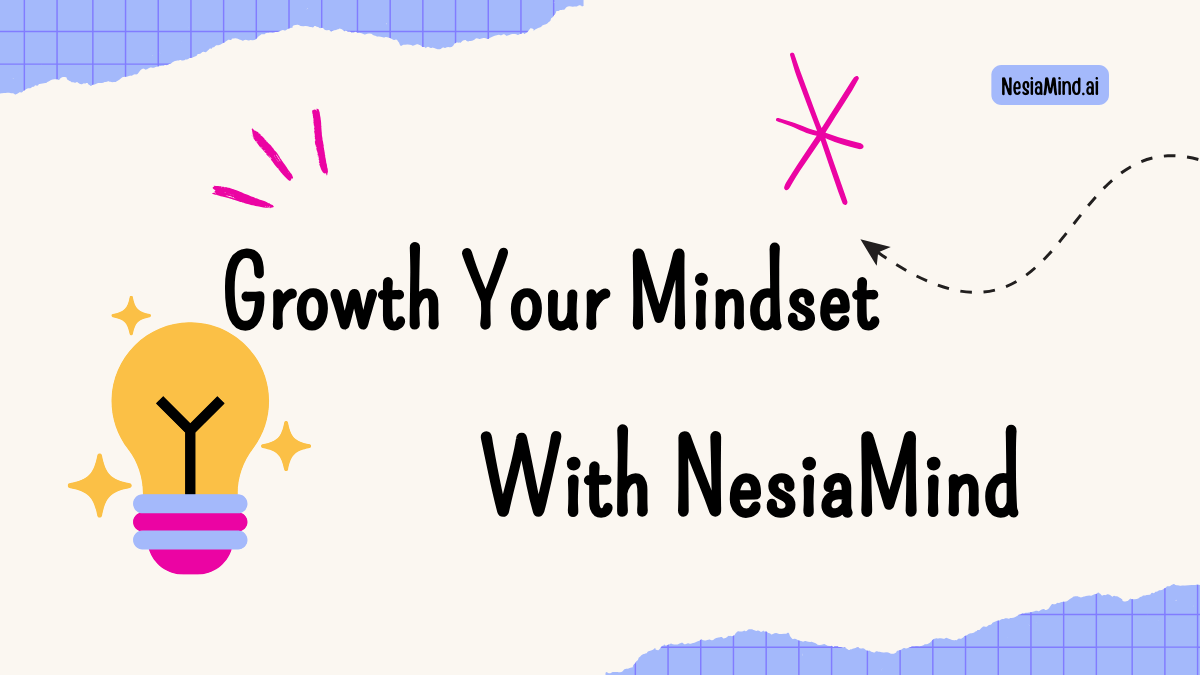
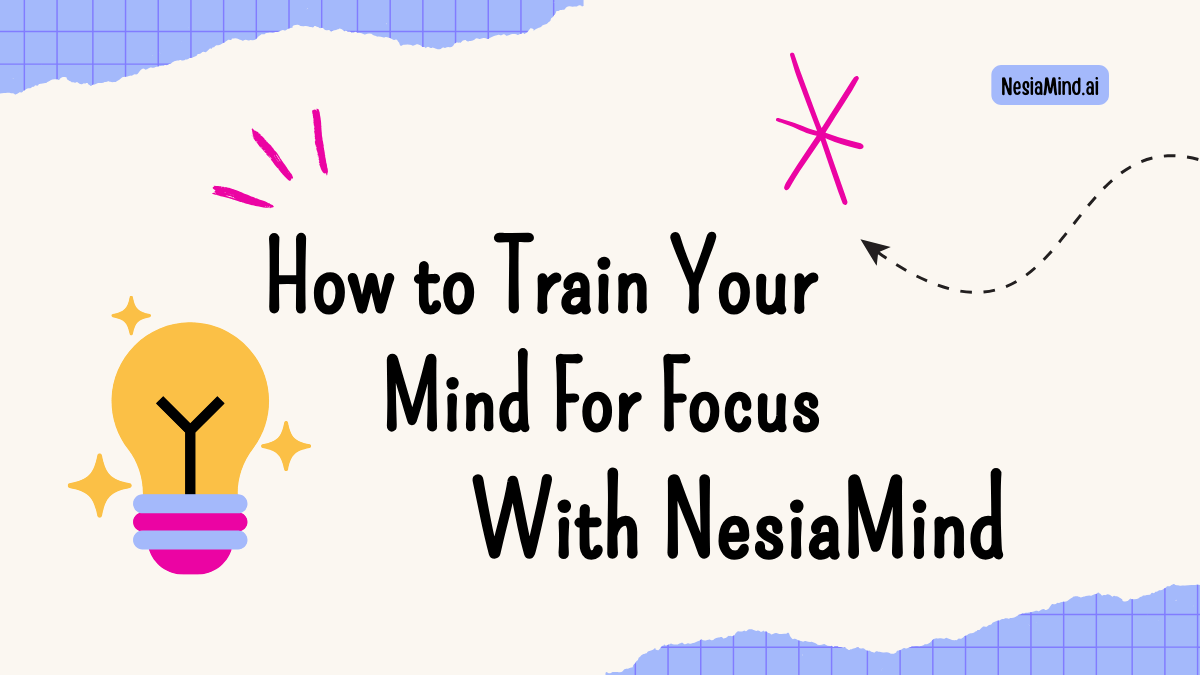
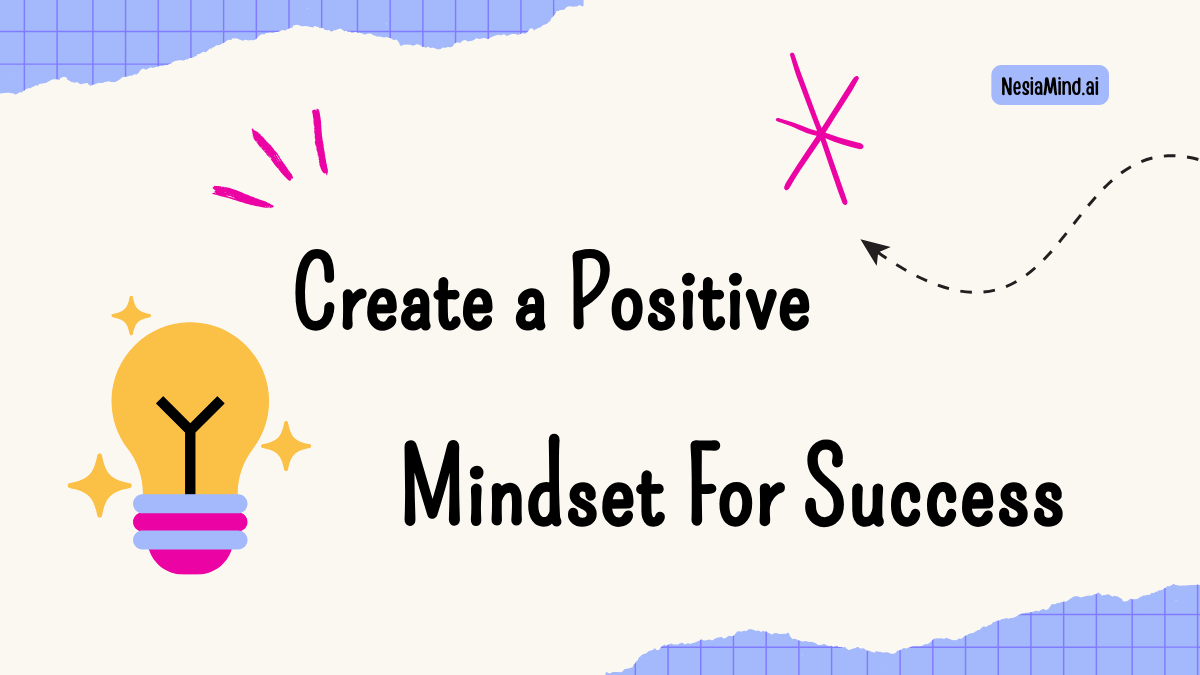
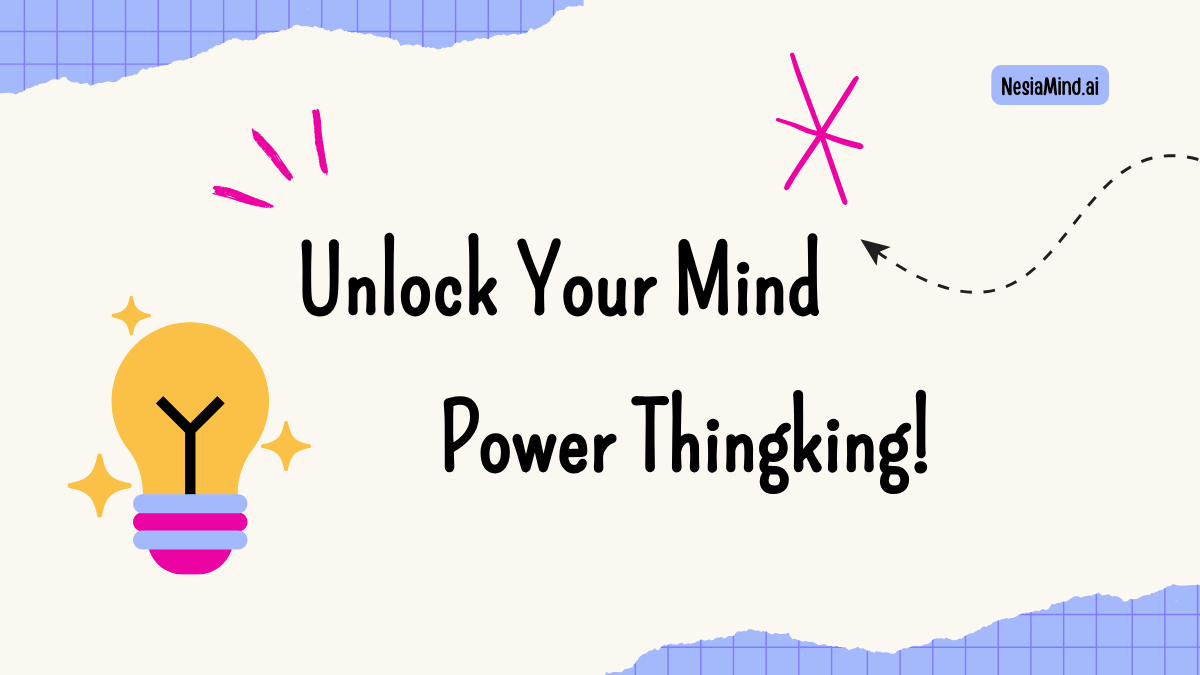
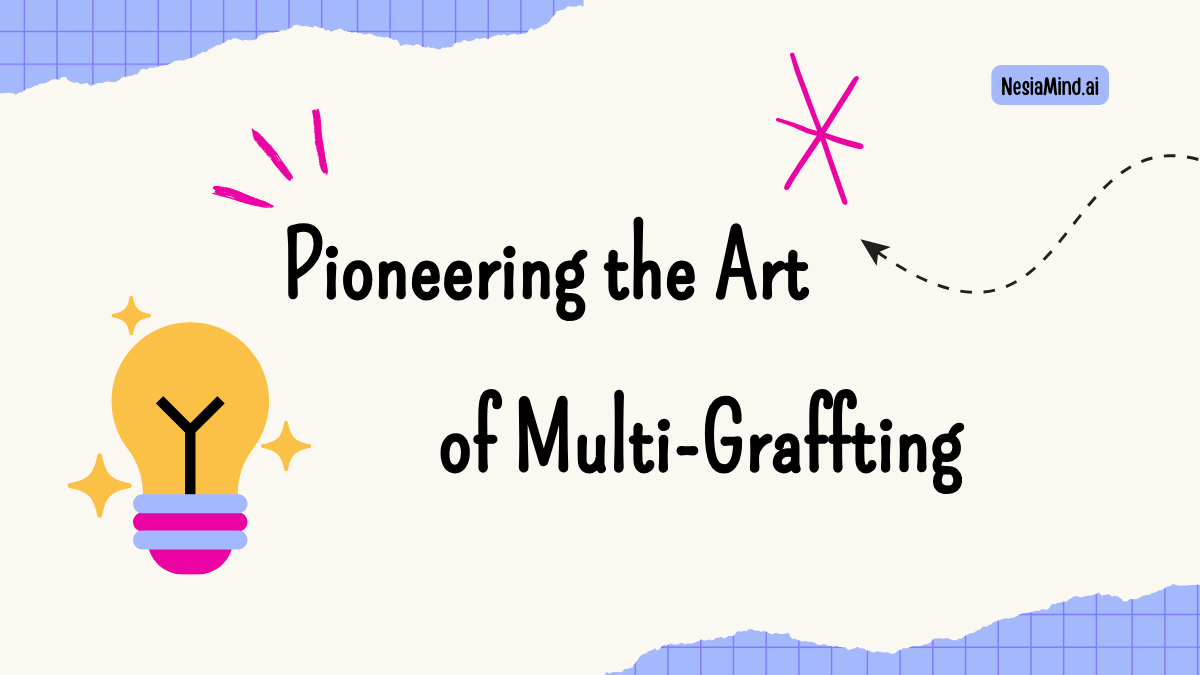

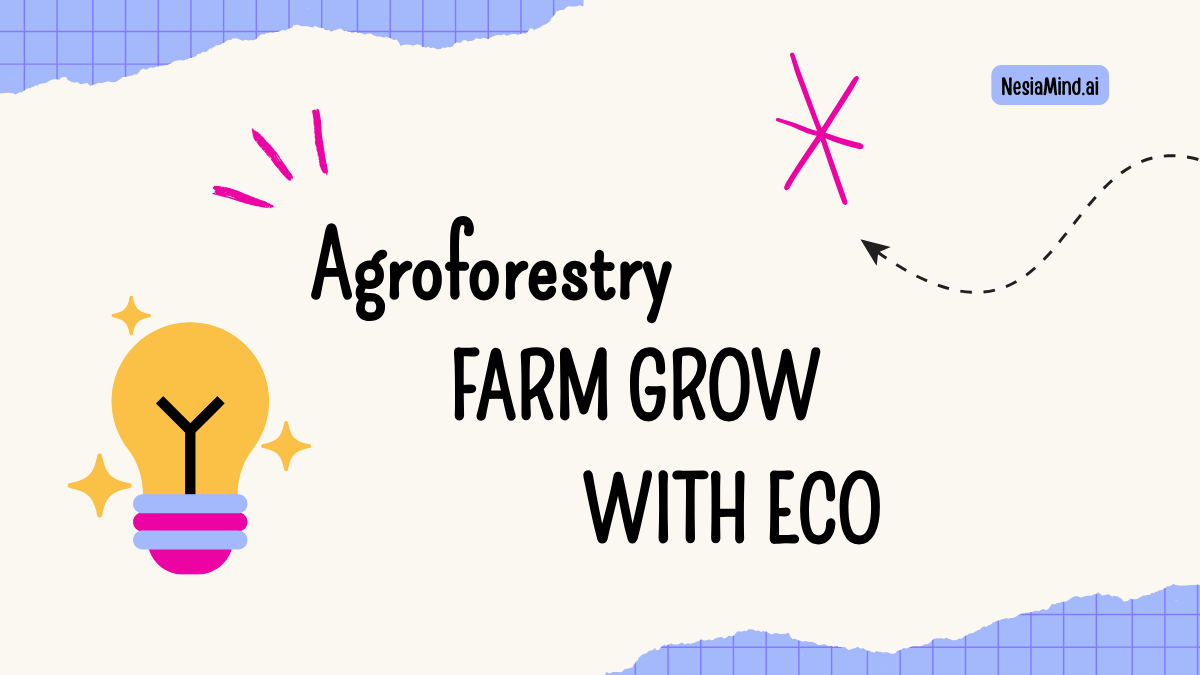
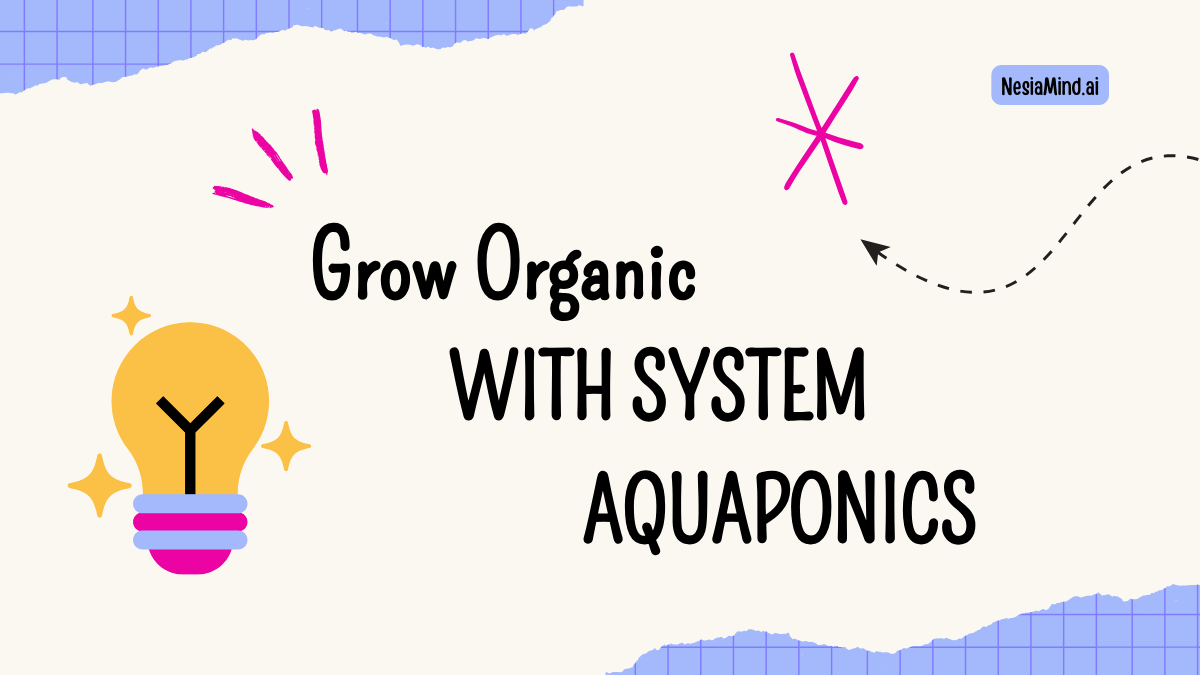

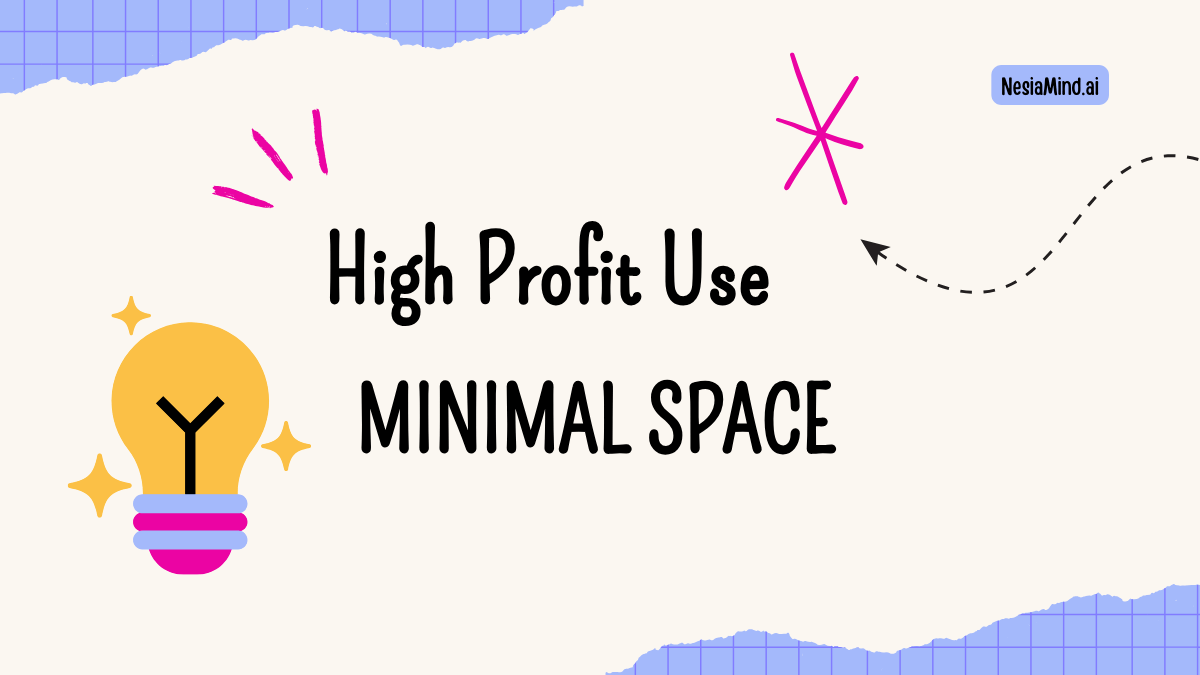
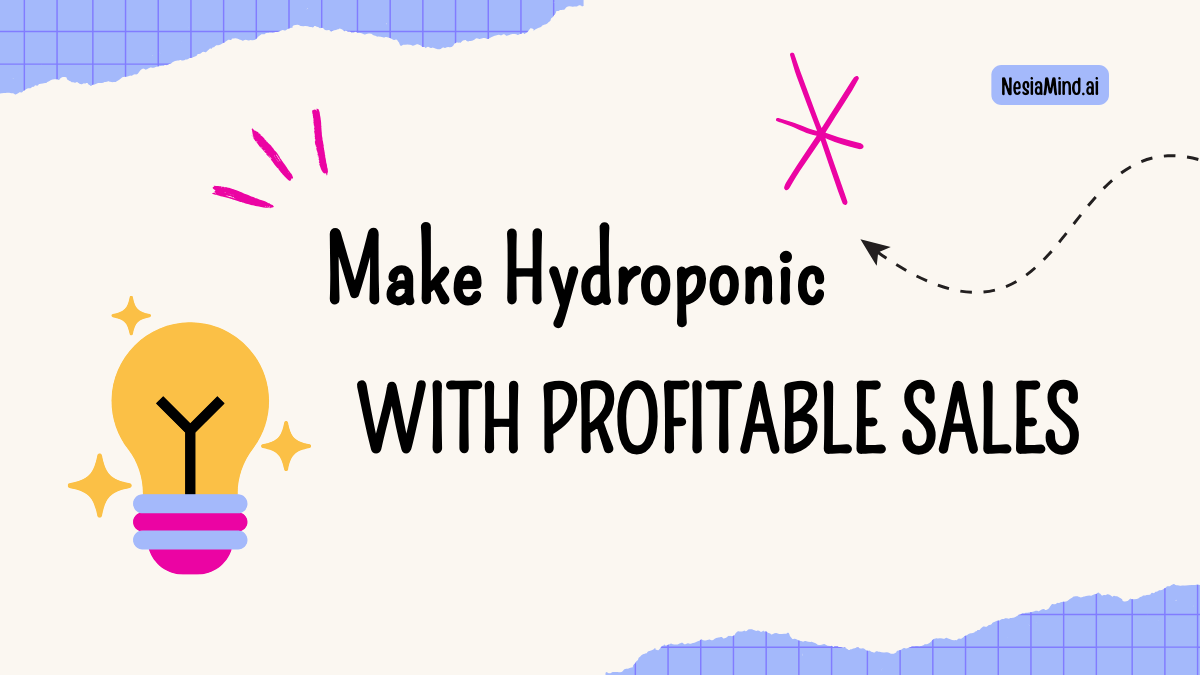
Leave a Reply